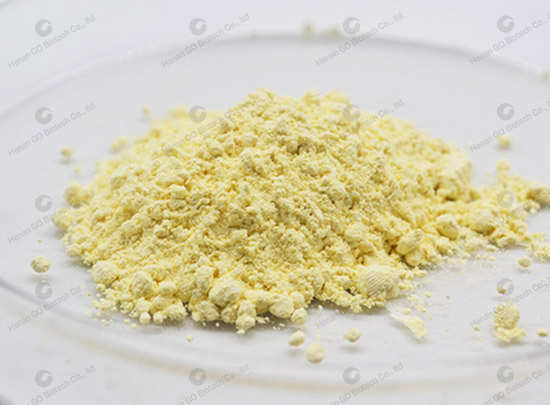The utilization of MBT(M) (mercaptobenzothiazole) as a vulcanization accelerator remains a cornerstone in modern rubber manufacturing, offering a versatile balance between curing speed and final product quality. This article delves into the strategic application of MBT(M) within different rubber formulations, focusing on the critical selection and synergy of accelerators like DM (diphenylguanidine) and TMTD (tetramethylthiuram disulfide). Grounded in extensive industry insights, the following sections provide actionable guidance for process engineers and procurement professionals aiming to optimize vulcanization parameters and enhance overall production efficiency.
MBT(M) acts primarily as a moderate accelerator that promotes the cross-linking of sulfur chains, forming durable and resilient rubber products. Its balanced vulcanization activity enables manufacturers to manage scorch safety and curing speed effectively, which is critical to maintaining process stability and preventing premature curing. According to recent industry data, MBT(M)-based formulations can reduce vulcanization time by up to 15–20% compared to conventional accelerators without compromising tensile strength.

Combining MBT(M) with co-accelerators such as DM and TMTD can significantly influence the cure kinetics and mechanical properties of the finished rubber. Empirical studies demonstrate:
| Accelerator Combination | Cure Time Reduction (%) | Tensile Strength Improvement (%) | Scorch Safety Impact |
|---|---|---|---|
| MBT(M) + DM | 18% | 12% | Moderate |
| MBT(M) + TMTD | 22% | 15% | Controlled but Faster Onset |
This table highlights how MBT(M)’s combination with TMTD can accelerate cure time more aggressively, suitable for high-throughput environments, while maintaining tensile performance. The MBT(M)-DM blend, on the other hand, offers enhanced scorch safety, essential when extended processing times are necessary.
Different rubber matrices, such as natural rubber (NR), styrene-butadiene rubber (SBR), and nitrile butadiene rubber (NBR), respond uniquely to accelerator formulations. Industry benchmarks reveal:
Furthermore, process parameters such as temperature, pressure, and curing time must be adjusted in accordance with the chosen accelerator system to maximize cross-link density without sacrificing production stability.
Industry Expert Insight: "The precision in selecting and blending accelerators like MBT(M), DM, and TMTD directly impacts not only the product quality but also operational cost efficiency in rubber vulcanization lines." – Dr. Anna Schultz, Senior Chemist, Rubber Technologies International
Based on extensive production trials, several recommendations stand out for manufacturers seeking to leverage MBT(M) effectively:
Such structured approaches reduce downtime and optimize formulation performance, enabling manufacturers to meet stringent quality standards consistently.
MBT(M) remains a vital component in the arsenal of vulcanization accelerators, offering versatility across rubber varieties and processing environments. Through informed selection and combination with synergistic accelerators like DM and TMTD, manufacturers can precisely control vulcanization kinetics and enhance the physical properties of rubber products. This strategic management translates into improved production efficiency, enhanced product reliability, and ultimately greater economic value.
For expert guidance and tailored MBT(M) accelerator solutions to optimize your rubber vulcanization process, contact our technical support team today.

